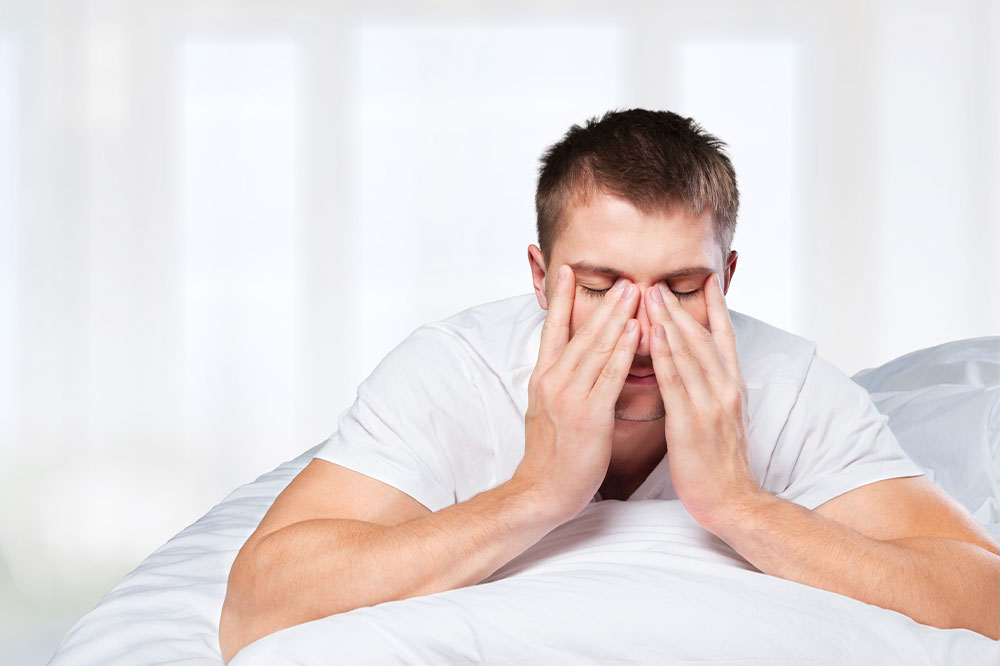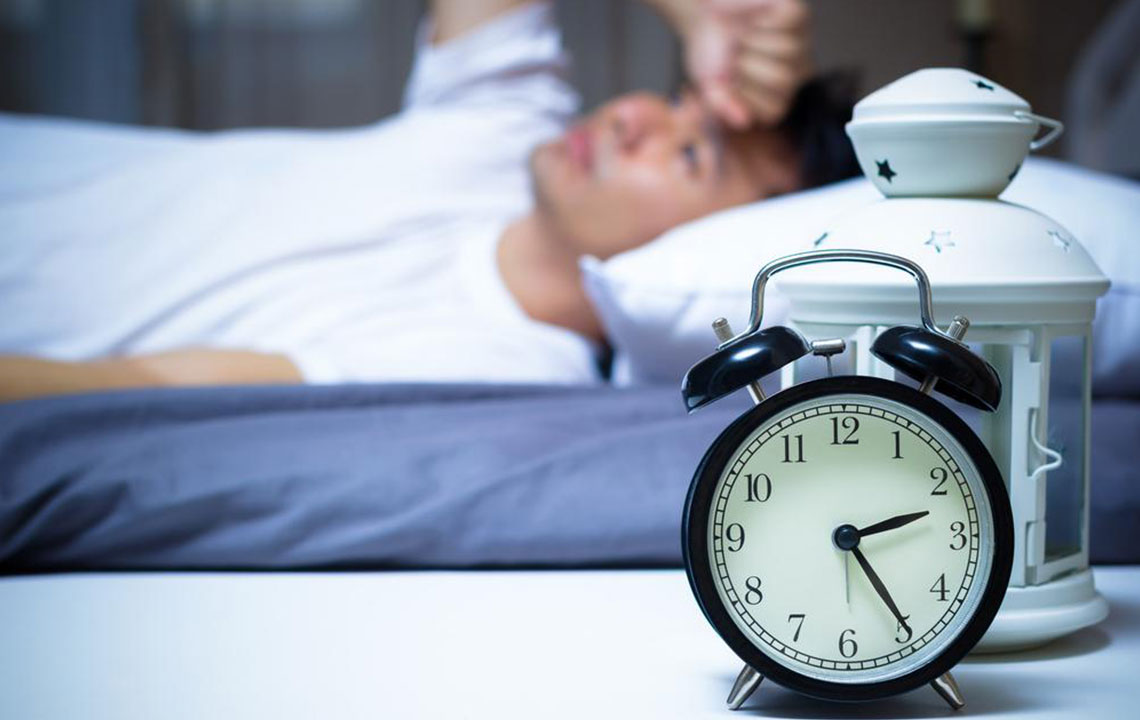Recognizing the Main Signs of Sleep Disorders
Sleep disorders can significantly impact health, manifesting through symptoms like insomnia, sleep apnea, restless leg syndrome, and narcolepsy. Recognizing these signs early and adopting healthy habits or seeking medical help can improve sleep quality. This article highlights common symptoms and strategies for managing sleep problems to ensure overall well-being.

Recognizing the Main Signs of Sleep Disorders
Sleep issues can affect individuals of any age at different times. These disorders arise from various causes such as stress, illnesses, or changing life circumstances. Ignoring sleep problems can lead to weight gain and difficulties handling daily challenges.
Common symptoms include persistent sleep difficulties, daytime drowsiness, and concentration issues. Recognizing these signs early is crucial for effective treatment. If someone experiences frequent tiredness during the day or struggles to focus, it may indicate a sleep disorder.
Some also find it hard to control emotions or rely on caffeine to stay alert. If you notice symptoms like insomnia, sleep apnea, restless legs, narcolepsy, or disruptions in circadian rhythms, seeking medical advice is vital.
Insomnia: Difficulty falling or staying asleep can be linked to stress, jet lag, or excessive caffeine. Establishing a regular sleep routine and relaxation techniques can help.
Sleep Apnea: Waking up multiple times at night with a sensation of suffocation signals sleep apnea. Restlessness during the day despite adequate sleep warrants medical attention.
Restless Legs Syndrome: An uncontrollable urge to move limbs during sleep indicates this disorder.
Narcolepsy: An irresistible urge to sleep during daytime activities is a key symptom. Such individuals often fall asleep suddenly, even during conversations or work.
Circadian Rhythm Disorders: Disruptions to natural sleep-wake cycles, often from irregular schedules, result in mood issues and decreased productivity.
Delayed Sleep Phase Disorder: Waking later or earlier than others, especially common among youth, signals a sleep rhythm problem.
Addressing sleep issues involves behavioral adjustments, regular routines, and sometimes medical intervention. Consistent sleep habits, a calm sleep environment, and proper sleep duration are essential for health. If symptoms persist, consulting a healthcare professional is recommended for diagnosis and treatment options.










